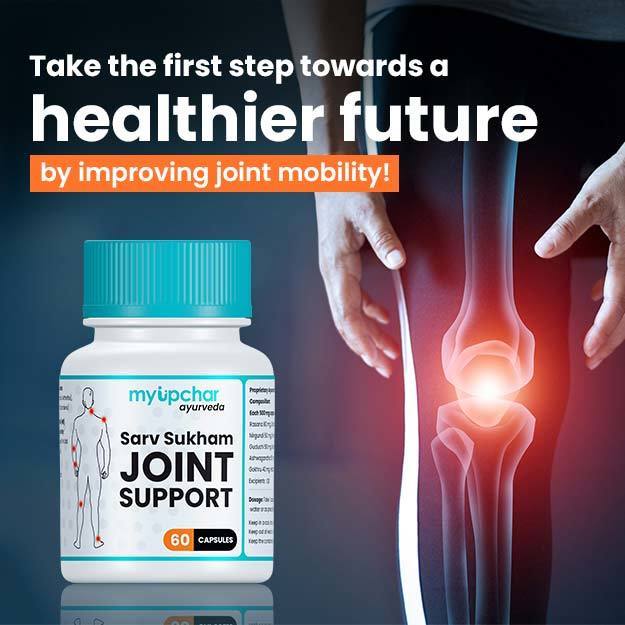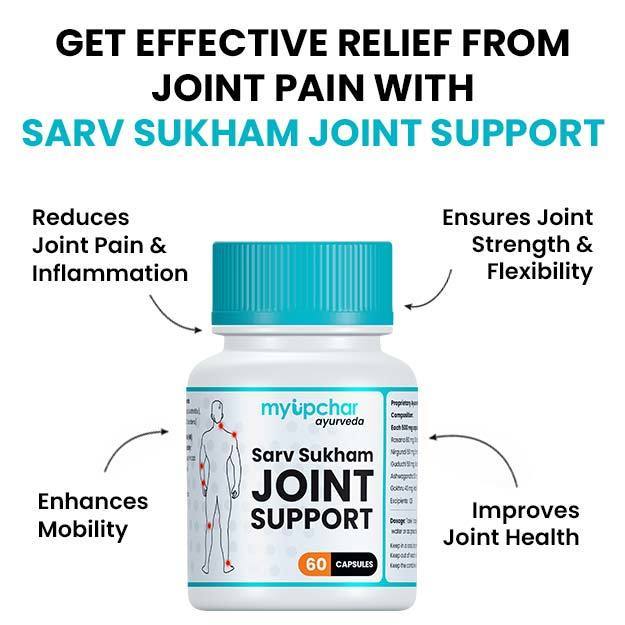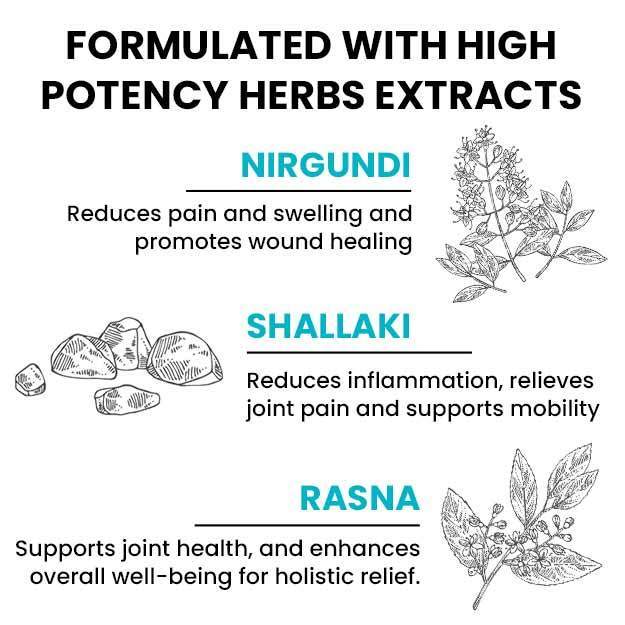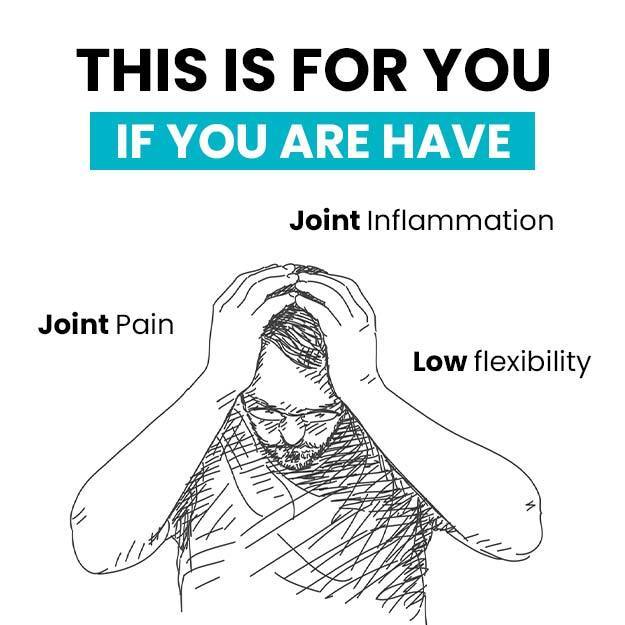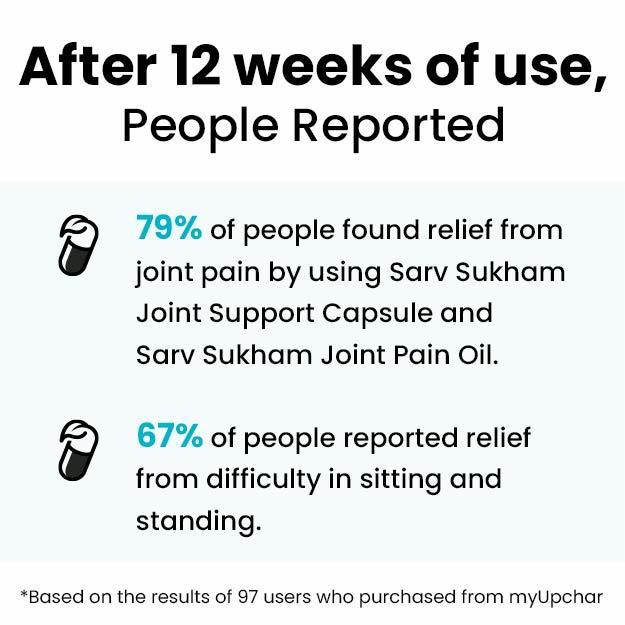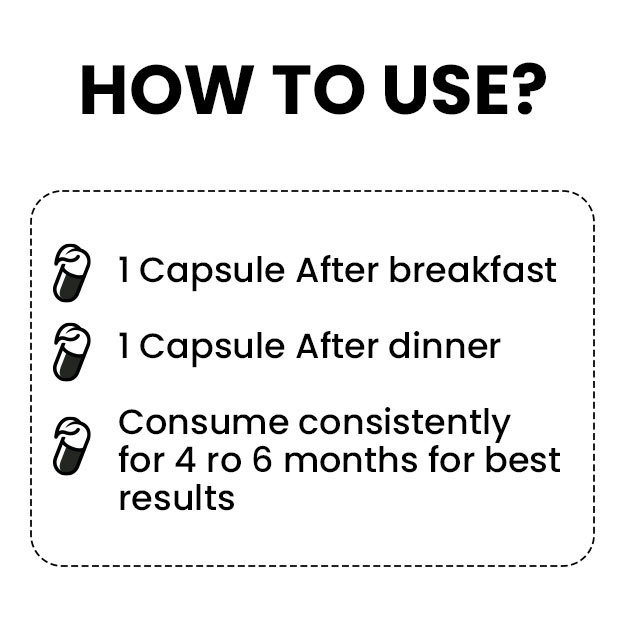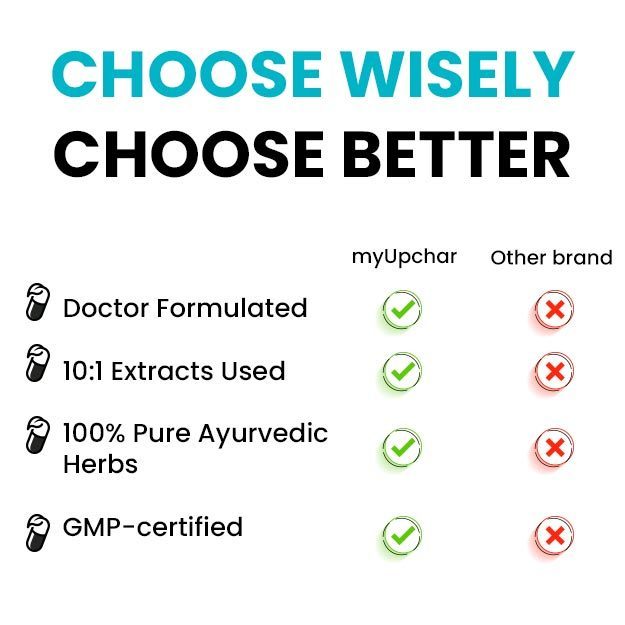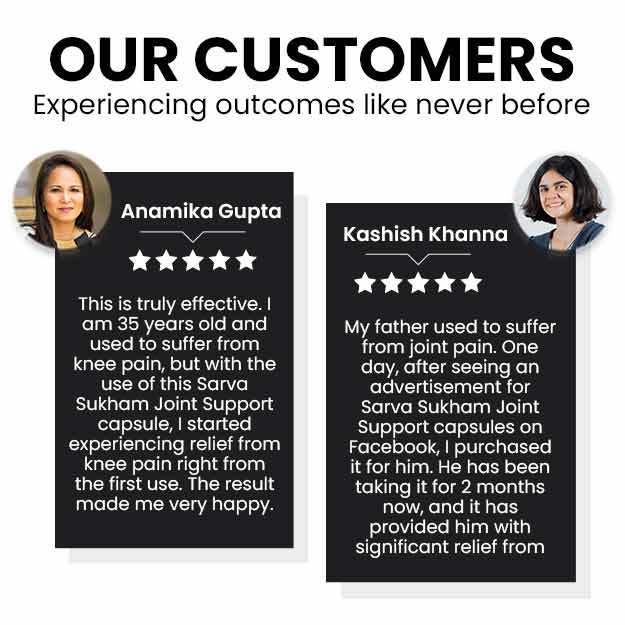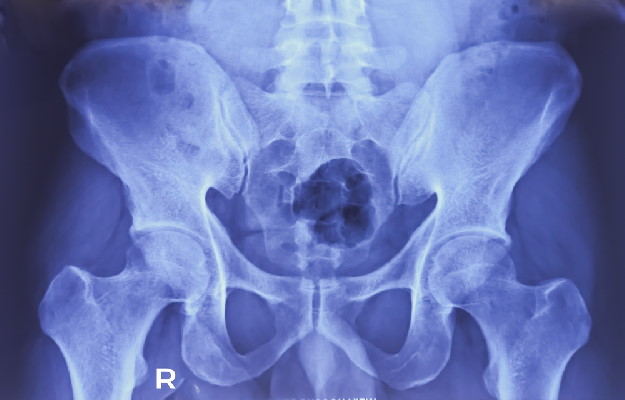Arthralgia, commonly referred to as joint pain, is called sandhishoola in Ayurveda. Some of the common causes of arthralgia are arthritis and injuries like strains and sprains. Pain in one or more joints may also be an indication of bursitis (inflammation of the fluid-filled sac called bursae in your joints), osteomyelitis (bone infection), and some types of fever. In elderly individuals, joint pain is most commonly due to osteoarthritis. There are other types of arthritis, i.e., rheumatoid arthritis and gout which can also lead to pain in the joints. Apart from pain in the joints, arthritis also causes inflammation, swelling and stiffness in the joints, thereby, affecting the movement of the affected joint.
Ayurvedic doctors prescribe treatments like nidana parivarjana (avoiding the causes), abhyanga (oil massage), swedana (sudation or sweat therapy), virechana (purgation), basti (enema), lepa (coating the affected body parts with medications) and agni karma (thermal cauterisation) for arthralgia. Herbs that are effective in treating joint pain include shallaki (Indian frankincense), rasna (Indian camphorweed), shankha (conch), shunthi (dried ginger), rasonam (garlic) and ashwagandha (Indian ginseng). Medicines used for treating arthralgia include muktashukti bhasma, yogaraja guggulu, simhanada guggulu and dashmoolarishta.







